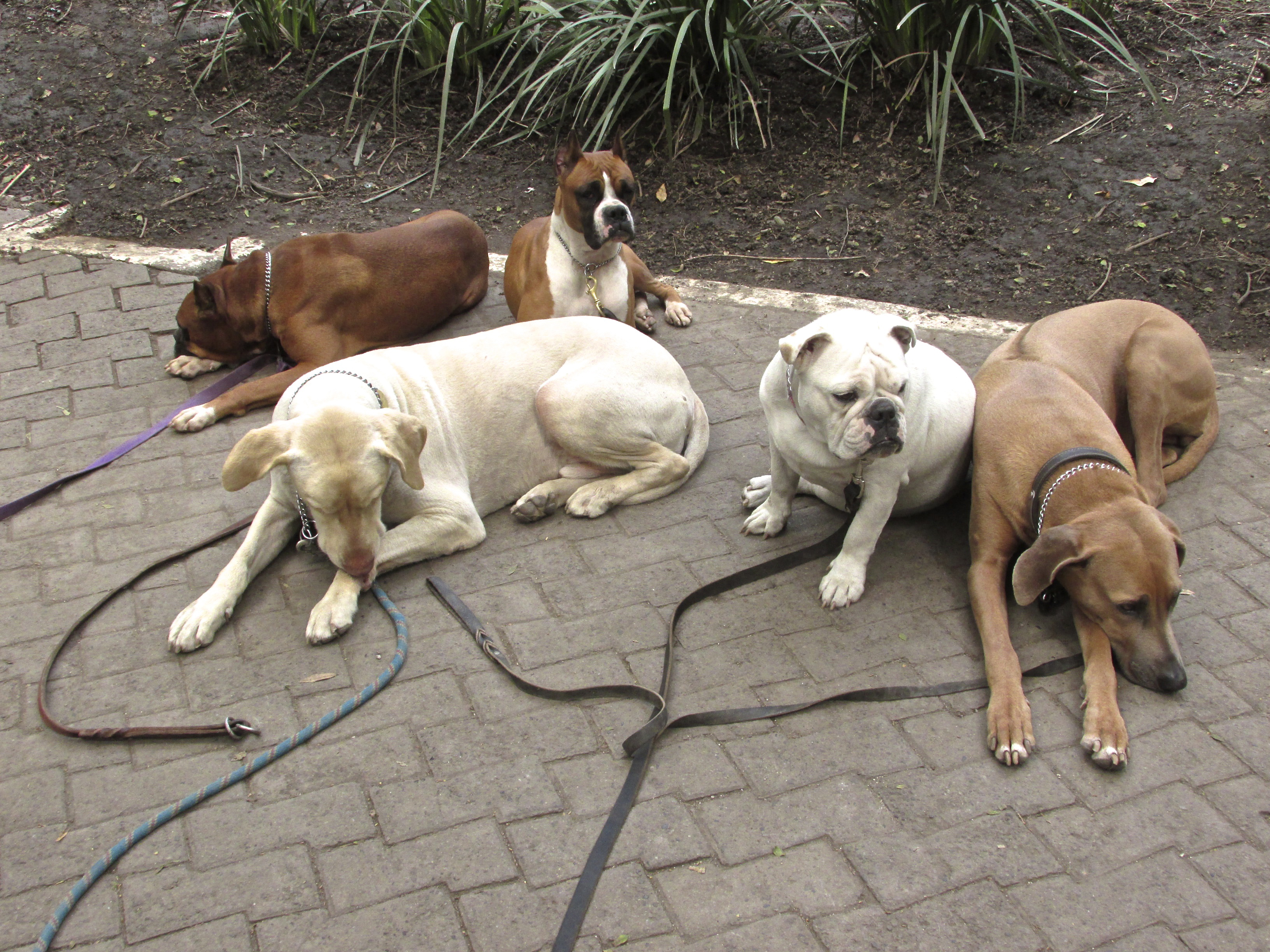

BY CAROLINE ROUSE
Leashes sprawl across the pavement, and tongues wag in the Saturday afternoon heat. It seems there are more dogs than people in Parque México.
“Why does everyone bring their dogs to this park?” I ask a boy as I bend down to scratch the ears of his bulldog.
“It’s a meeting point. They all come together,” he explains.
“So the dogs are friends?” A pair of retrievers dash by and tackle each other. Their tails thump the dusty ground.
“Well, sometimes they fight,” he laughs. Then his eyebrows draw together, and he asks in near disbelief, “You don’t have a dog?”
One in ten Mexico City residents owns at least one dog. Most people live in apartments, making small breeds more popular than large ones. But wandering through Parque México or Parque España, I see Chihuahuas and mastiffs, dachshunds and Great Danes splashing in boulder-edged ponds, and resting side by side.
During the week, these parks in the hip La Condesa neighborhood are filled with dogs lying patiently in neat lines, waiting their turn to be walked. Agile trainers take loops around the park, corralling a dozen dogs on a tangle of leads. On the weekends, owners take their pets out to play, and vans converted into mobile grooming parlors park on the side streets. There is even a canine food cart, serving up such delicacies as muffins de res and panqués de atún y parmesano.

While many dogs are doted on, others wander the streets of Mexico City. Unless they are claimed from a shelter within 72 hours, dogs picked up by animal control officers are euthanized.
Treatment of the city’s strays made international news this winter. Between December 2012 and January 2013, five people, including a one-year-old boy, were fatally mauled in the poor borough of Iztapalapa. In response, the Ministry of Health dispatched 25 mobile sterilization clinics so owners could have their pets spayed and neutered for free.
The Mexico City government is also trying to reduce the pain people inflict on animals. As of January 13, 2013, animal cruelty is punishable by up to two years in prison and fines exceeding 27,000 pesos; abandoning a pet can result in an arrest of 36 hours and fines of 6,500 pesos. In Parque México, a sign welcomes dogs to the park and encourages owners to offer their pets nutritious food, daily exercise, and obedience training.
Canine companions are part of the history of Mexico City. The Aztecs carved images of xoloitzcuintli, a hairless breed with a Nahuatl name, into their pottery and altars. Frida Kahlo featured dogs in her self-portraits, and Diego Rivera painted them on the walls of the Palacio Nacional. Dogs complement the vibrant landscape of the city; they are integral as the ahuehuete trees that cast shade on a perfect napping spot.
Caroline Rouse ’15 is in Pierson College. This summer she is blogging from Mexico City. Contact her at caroline.rouse@yale.edu.
